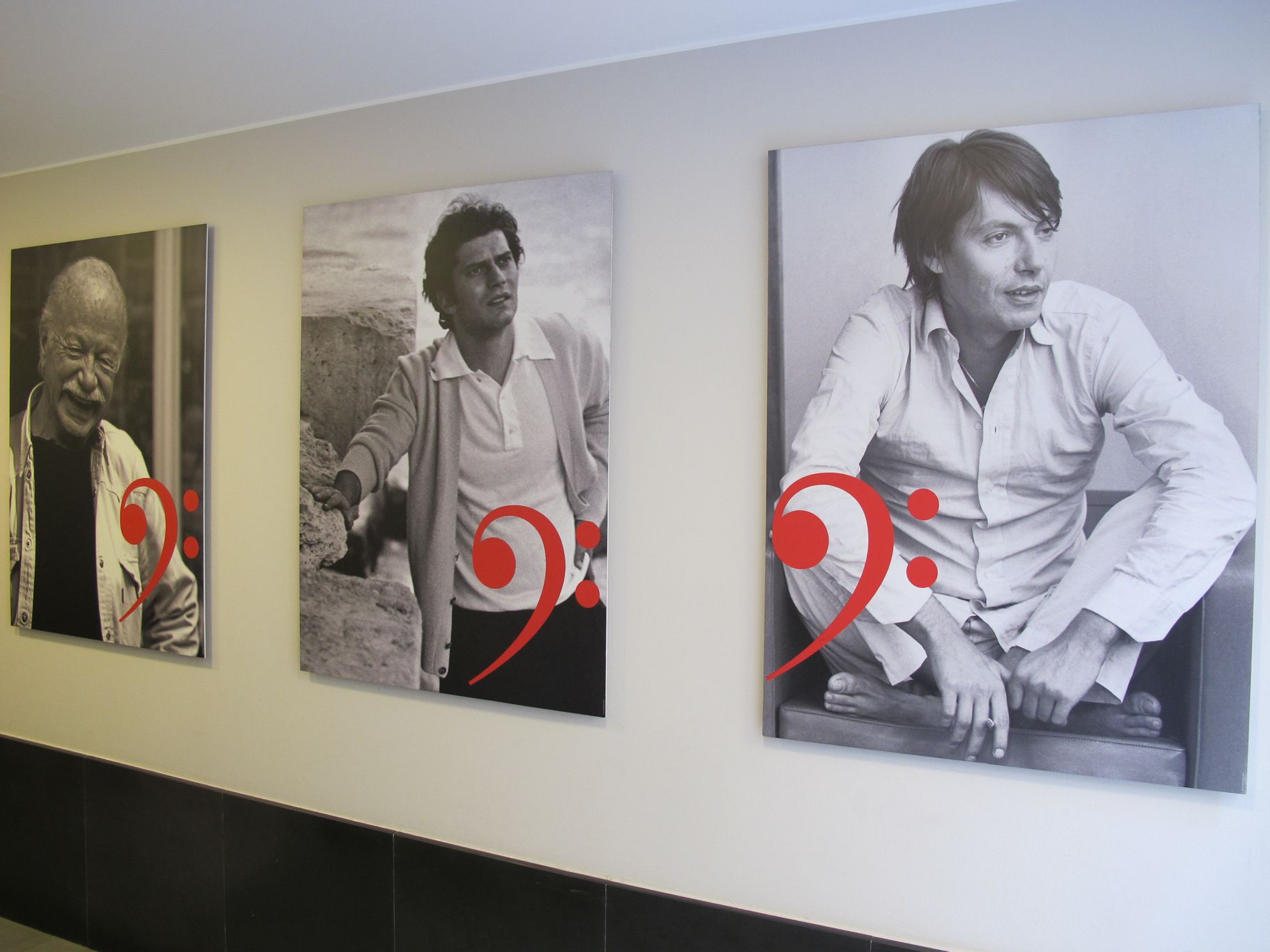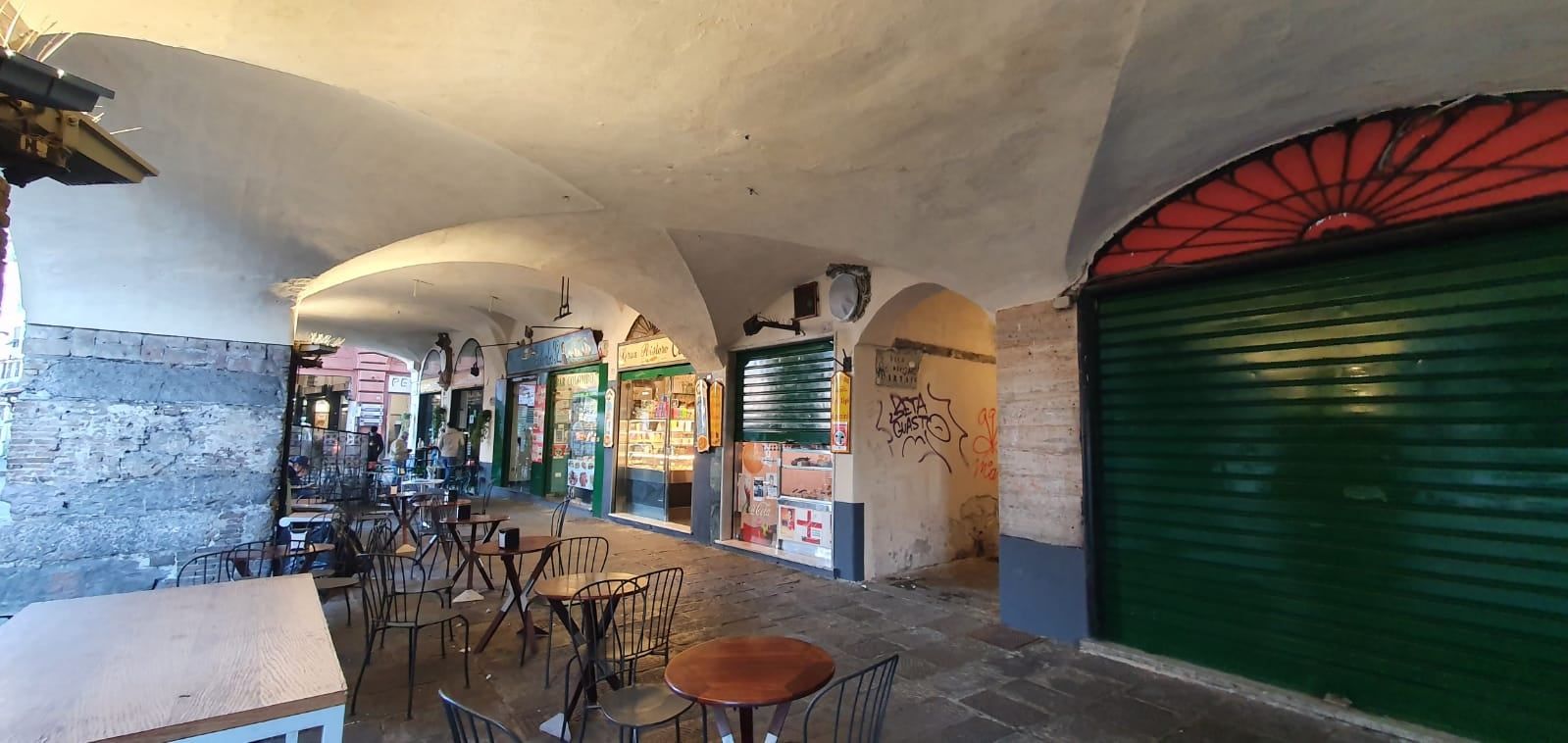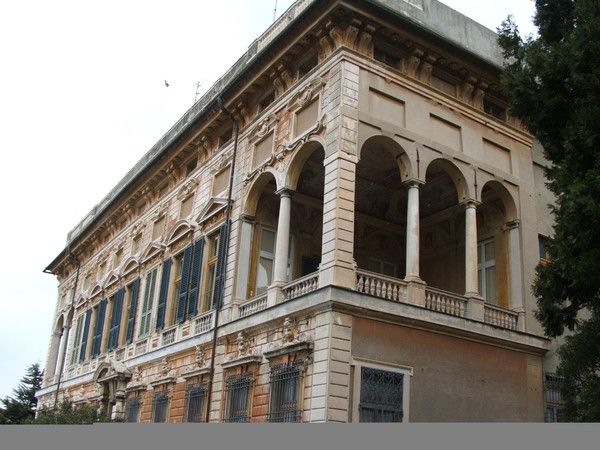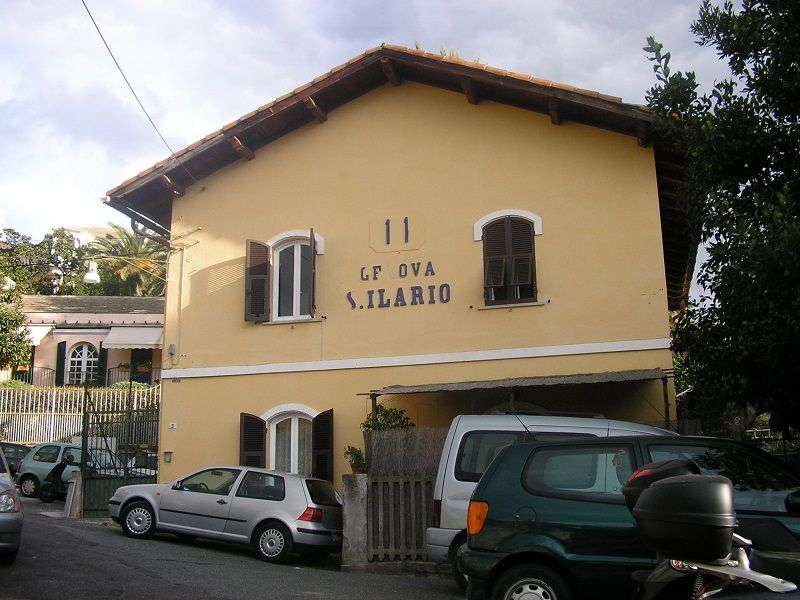Fabrizio De André: 6 Places in Genoa
Discover the unique places which inspired Fabrizio De André
Fabrizio De André was above all a poet, capable of drawing inspiration from the reality of Genoa, made up of streets, places, atmospheres, and its people. "Genoa for me is like a mother. It's where I learned to live. It gave birth to me and raised me until the age of thirty-five: and that's not little, indeed, perhaps it's almost everything. Today it seems to me that Genoa has the face of all the poor devils I met in its alleys, the excluded ones that I would later find in Sardinia, the graceful ones from Via del Campo" - that's how he described it.
The stages
Via del CampoPiazza Cavour
Maddalena area
The ports of Sottoripa
Villa Bombrini Saluzzo
Sant'Ilario station

Via del Campo
Starting from Via del Campo is worth beginning this journey through De André's places. Here you'll discover that there is the small but significant space of Viadelcampo29rosso, in the heart of the Old Town made immortal by the famous song of Faber released in 1967, and an exploration of the museum space of Via del Campo, enriched by new exhibitions, installations, and memorabilia in preview dedicated to the Genoese singer-songwriter.

Piazza Cavour
Still amidst the intricate alleys of the old town, towards the sea, Piazza Cavour opens up where you can still hear the clamor of the fish market embedded in "Crêuza de mä". Not far away is the pedestrian path alongside the Genoa Aquarium, now called Via De André. Sitting on one of the benches overlooking the sea and looking back to discover, all at once, the palaces and alleys of the city is almost a mandatory choice.

Maddalena area
Welcome to the old town, the one "where the sun of the good Lord doesn't shine its rays." It remains the heart of the city, where ancient shops coexist with the new shops of migrants, where buildings ooze history and the 'alleyways of sin' are found, where prostitution has always been practiced. These are places that De André mentions in various songs and that have never changed.

The ports of Sottoripa
The story of Faber resonates among the porticoes of Sottoripa, where in the fifties De André frequented, along with his friend Paolo Villaggio, the Ragno Verde locale, mentioned in the novel "Un destino ridicolo". During his early years as a performer, Fabrizio also performed at another venue, La Borsa di Arlecchino, located on Via XX Settembre. But in Sottoripa, Faber found inspiration strolling among the fry shops, timeless fish markets, and a crowd of people of every ethnicity and religion.

Villa Saluzzo Bombrini
De André belonged to a well-known bourgeois family in the city. For years, he lived with his family in that Villa Saluzzo Bombrini, nicknamed "il Paradiso," a historic noble residence located in the Albaro neighborhood and built for the Saluzzo marquises by Andrea. It is located at the confluence of Albaro and Francesco Pozzo streets. A place never disowned by Faber, even though, as his great friend Don Andrea Gallo recalled: "Fabrizio was infected by a profound desire for freedom and a longing to set sail. A true impulse to break free from conventions and proceed in an obstinate and contrary direction.

Sant'Ilario station
The final stretch of our evocative journey leads us to the Sant'Ilario neighborhood where, in addition to the magnificent view of Genoa, we will find the old railway station sung about in "Bocca di Rosa" and a sculpture shaped like a book, on which an acrostic dedicated to the protagonist of one of Fabrizio De André's most celebrated songs can be read. Just a stone's throw from the beautiful parks of Nervi, it's a place to reflect and remember.
You might also be interested in
Expand your search criteria or contact us for a personalized proposal.


